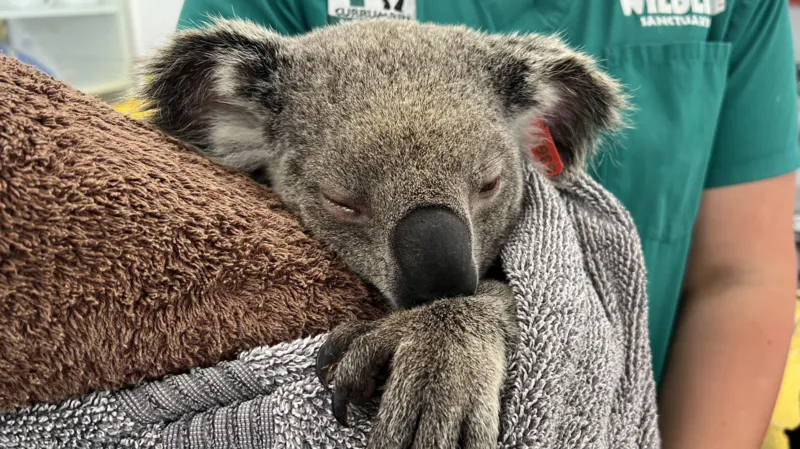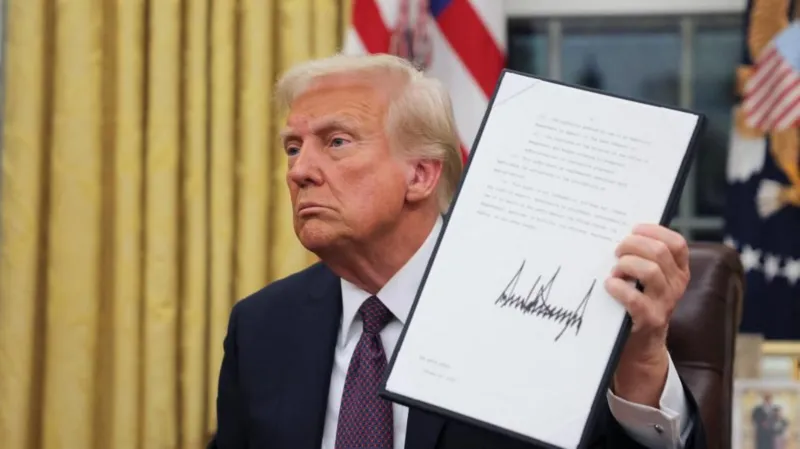Australia’s beloved koalas face a dire threat that could push them closer to extinction: chlamydia. While this disease is commonly associated with humans, a unique strain has ravaged koala populations, causing blindness, infertility, and even death. Experts warn that the disease, combined with habitat loss, climate change, and other environmental pressures, may lead to catastrophic declines in koala numbers.
Chlamydia has become a silent killer, spreading through koala populations at alarming rates. Female koalas often suffer from reproductive tract infections, leading to infertility. This limits their ability to reproduce and sustain their dwindling numbers. Male koalas, too, are not spared; they face severe health complications, including pain and lethargy, which further hinder their survival in the wild.
For conservationists and researchers, the focus has now shifted toward an urgent solution: a vaccine. Over the past decade, scientists have been racing against time to develop and distribute an effective chlamydia vaccine for koalas. Initial trials have shown promise, with vaccinated koalas exhibiting stronger immune responses and reduced infection rates. However, challenges remain.
Delivering the vaccine to wild koalas is a logistical nightmare. These animals live in often-inaccessible areas, and capturing them for vaccination requires significant resources, expertise, and funding. Moreover, the vaccine must be administered multiple times to ensure efficacy, adding further complications to the rollout.
Despite these hurdles, there is hope. Conservation programs and wildlife organizations are working together to expand vaccination efforts. Researchers are also exploring ways to deliver the vaccine orally or through bait, which could make large-scale immunization campaigns feasible.
The fight to save koalas is not just about preserving a species; it’s a battle for Australia’s ecological and cultural identity. Koalas are more than just cute and cuddly animals—they play a vital role in maintaining the health of eucalyptus forests, which in turn support countless other species.
The clock is ticking. Without immediate and sustained action, koalas could vanish from the wild within decades. But with advancements in vaccination technology and a renewed commitment to conservation, there’s still a chance to turn the tide and secure a future for these iconic marsupials.




















